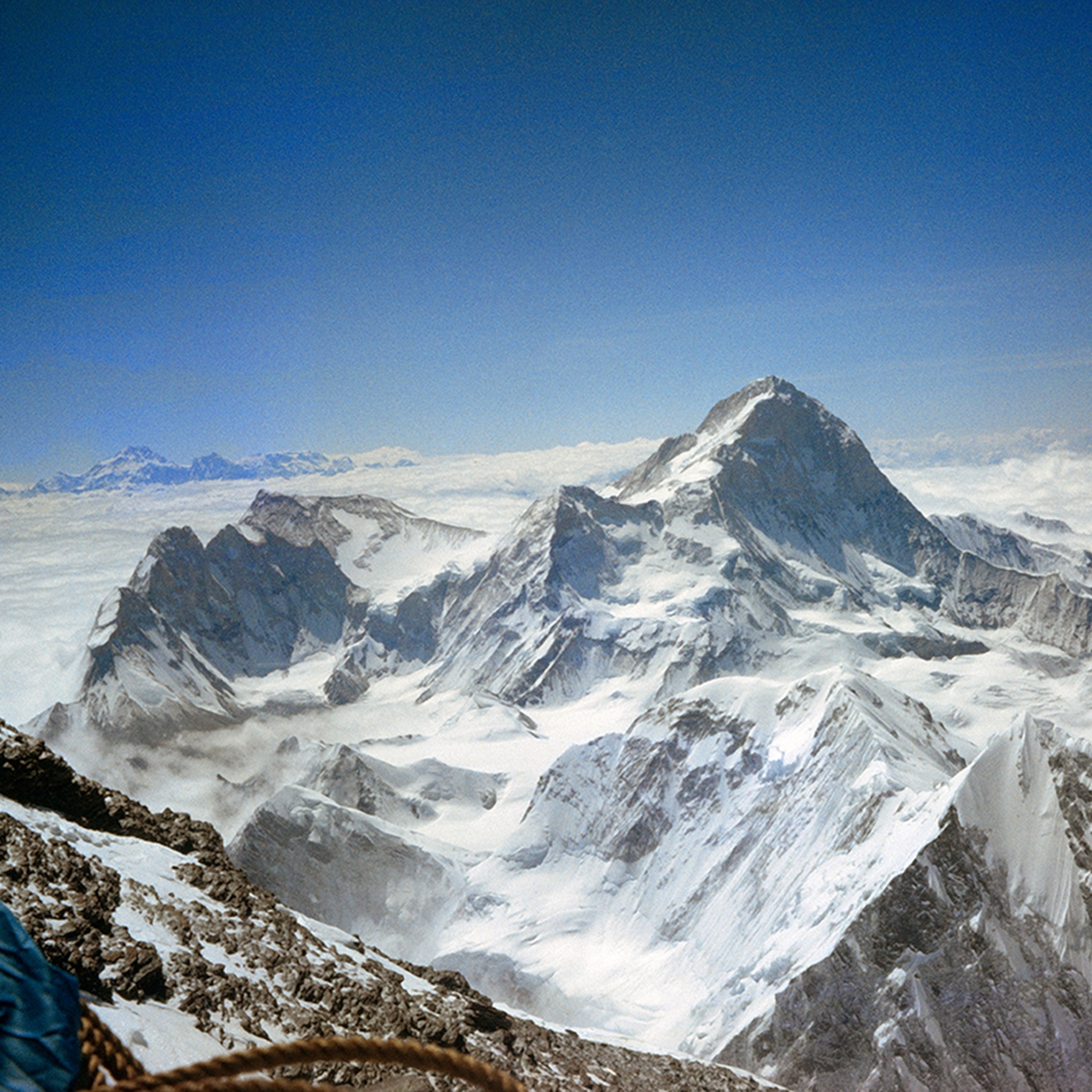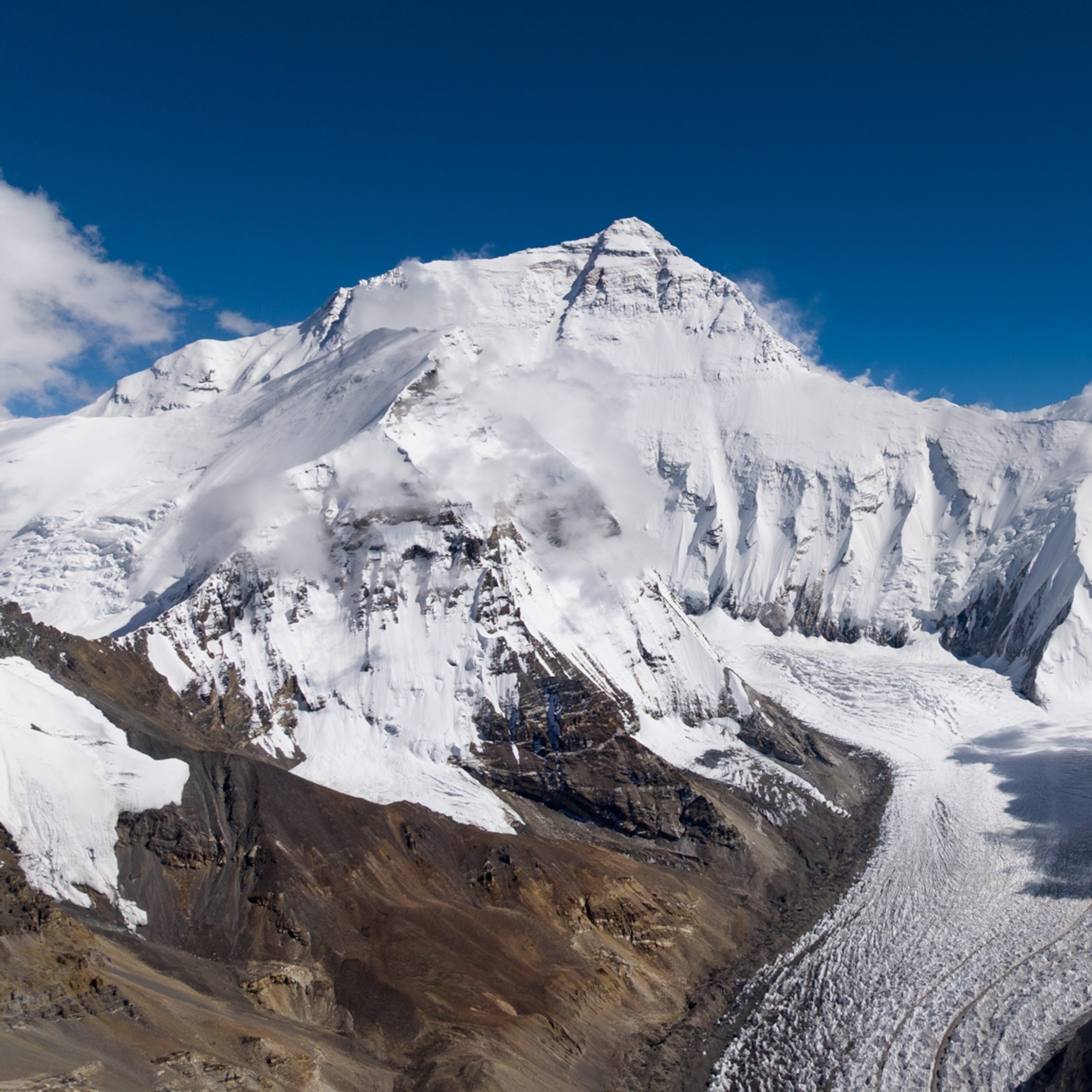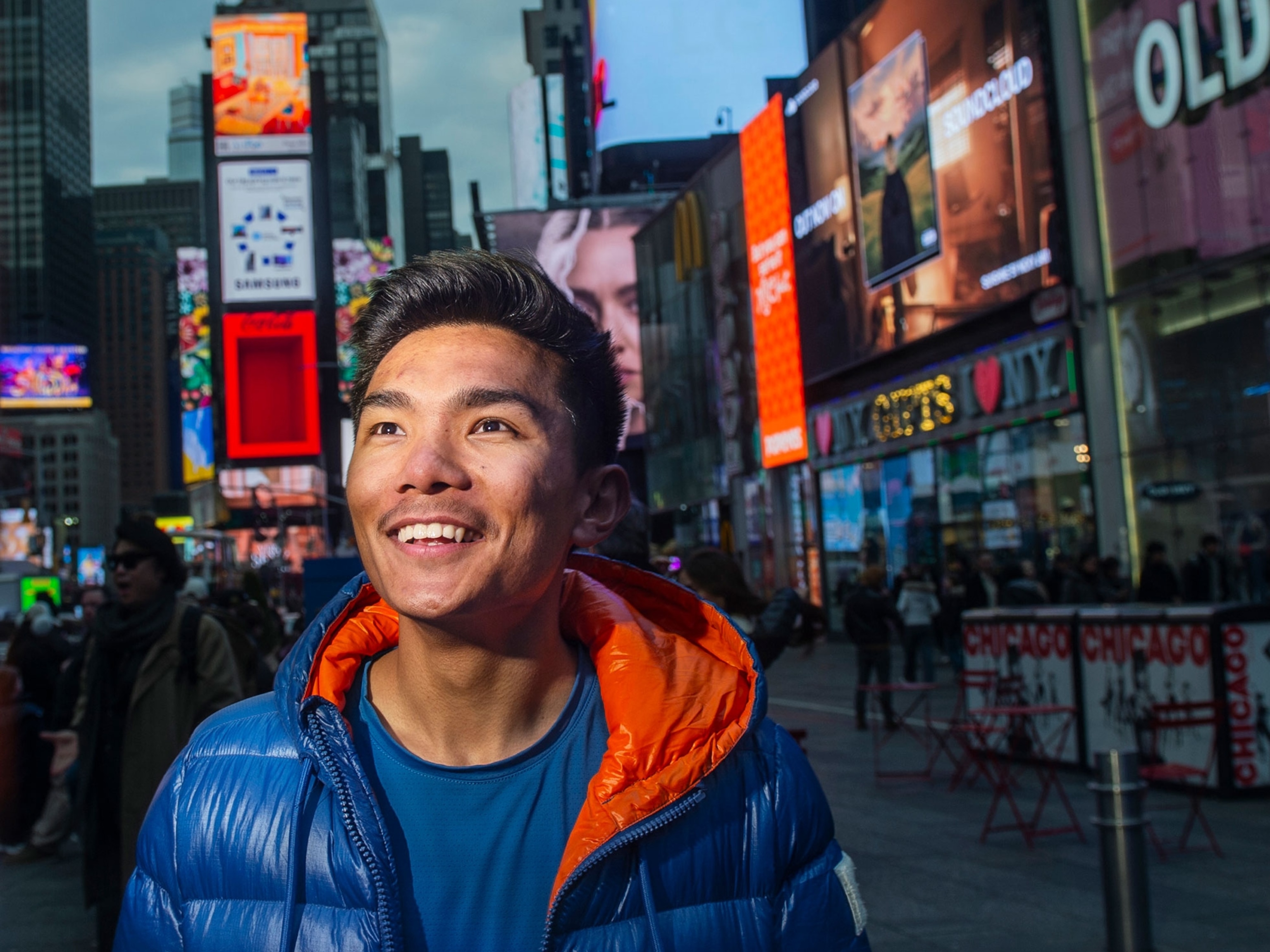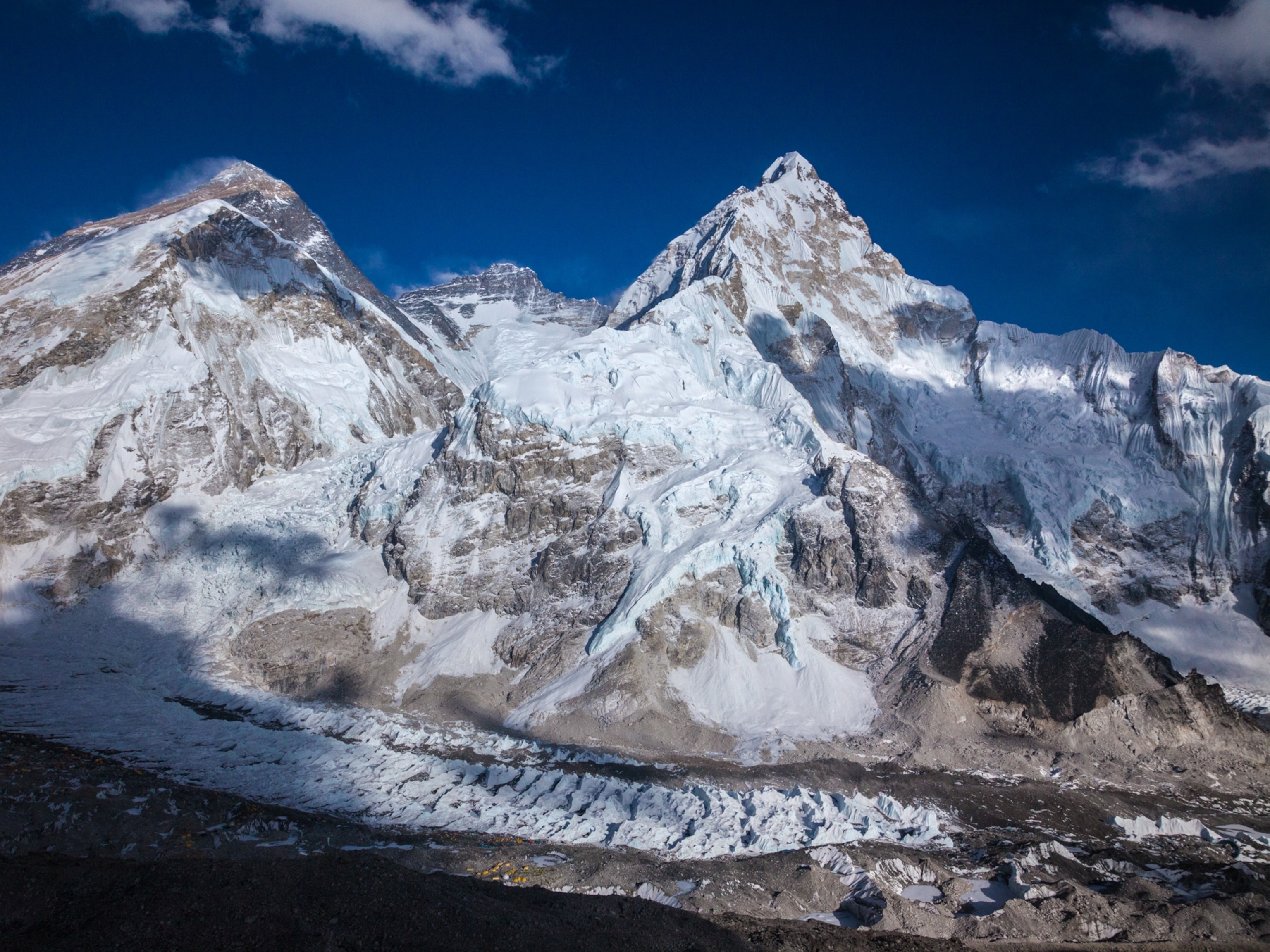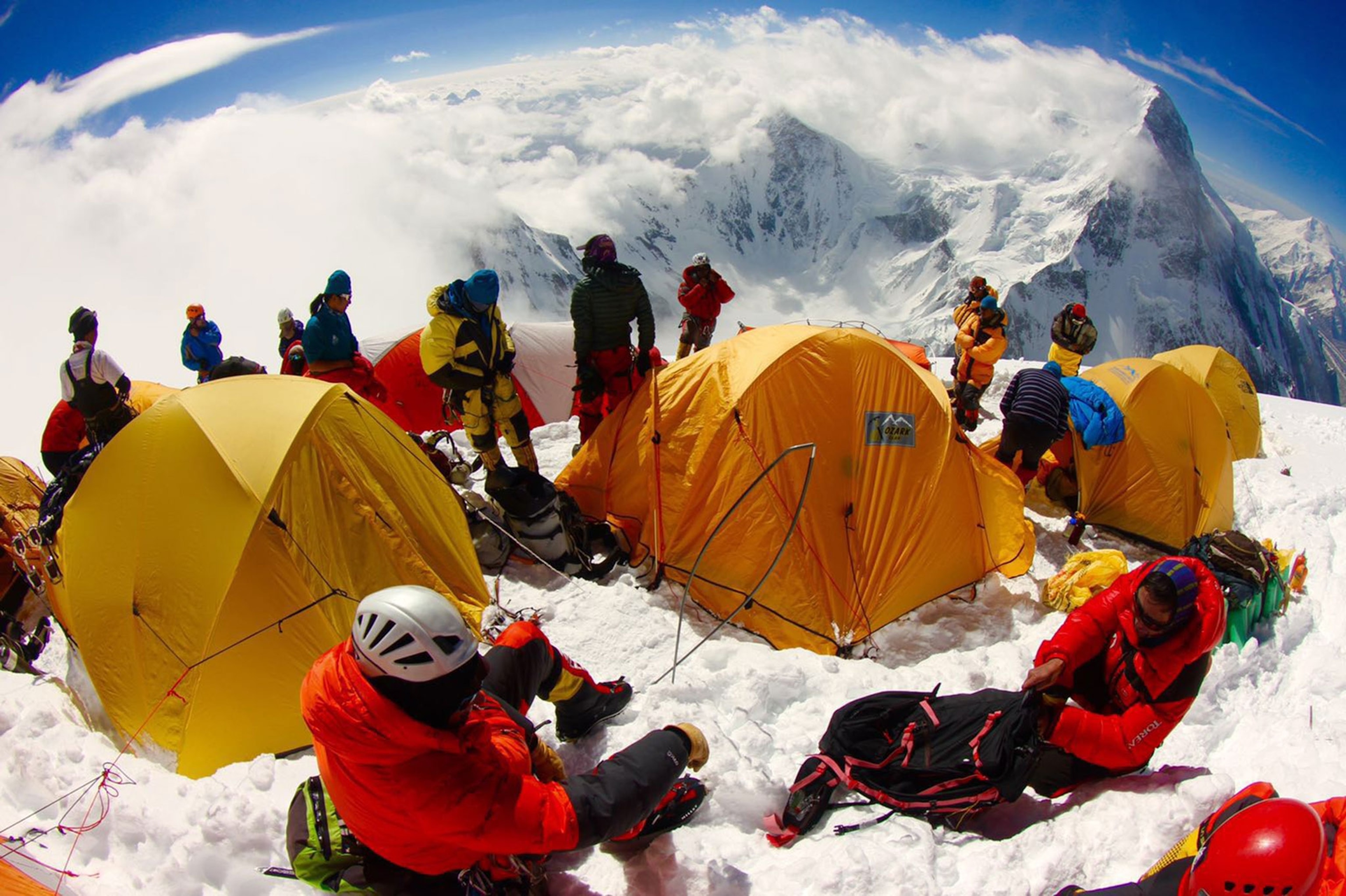
Avalanche Shuts Down Summit Attempts on K2
The catastrophe destroyed climbers’ hopes of reaching the top for the second consecutive year. Mountaineer Garrett Madison reflects on this climbing season and looks forward to the next one.
Climbing K2, the world’s second highest mountain, can seem like a game of Russian roulette. That analogy was never more true than it was on July 23, 2016, when a massive avalanche tore through Camp 3 and wiped out climbers’ gear, ropes, and oxygen cylinders at the lower camps. The disaster destroyed their summit attempts but spared their lives.
Now, after five weeks of work acclimatizing and establishing their route, all climbers are now packing up and preparing for the journey home, disappointed but safe.
The event followed two devastating avalanches during climbing seasons on Mount Everest in 2014 and 2015, which caused a total of 35 fatalities and shut down climbing on the peak both years, an anomaly on a mountain that had seen climbers reach its peak every year for the previous four decades.
Despite the weather and technical difficulty of climbing on K2, the peak saw more climbers this year than ever before as the commercialized climbing industry grows in the Karakoram. But due to poor weather conditions, no climbers on K2 reached the summit for the second year in a row.
National Geographic Adventure spoke with Garrett Madison, president and founder of Madison Mountaineering in Seattle, as his team packed up at Base Camp amid gray skies and wet snow.
Madison led the first successful commercial expedition on K2 in 2014 and, along with other climbers on the mountain last year, missed out on a 2015 summit due to bad weather.
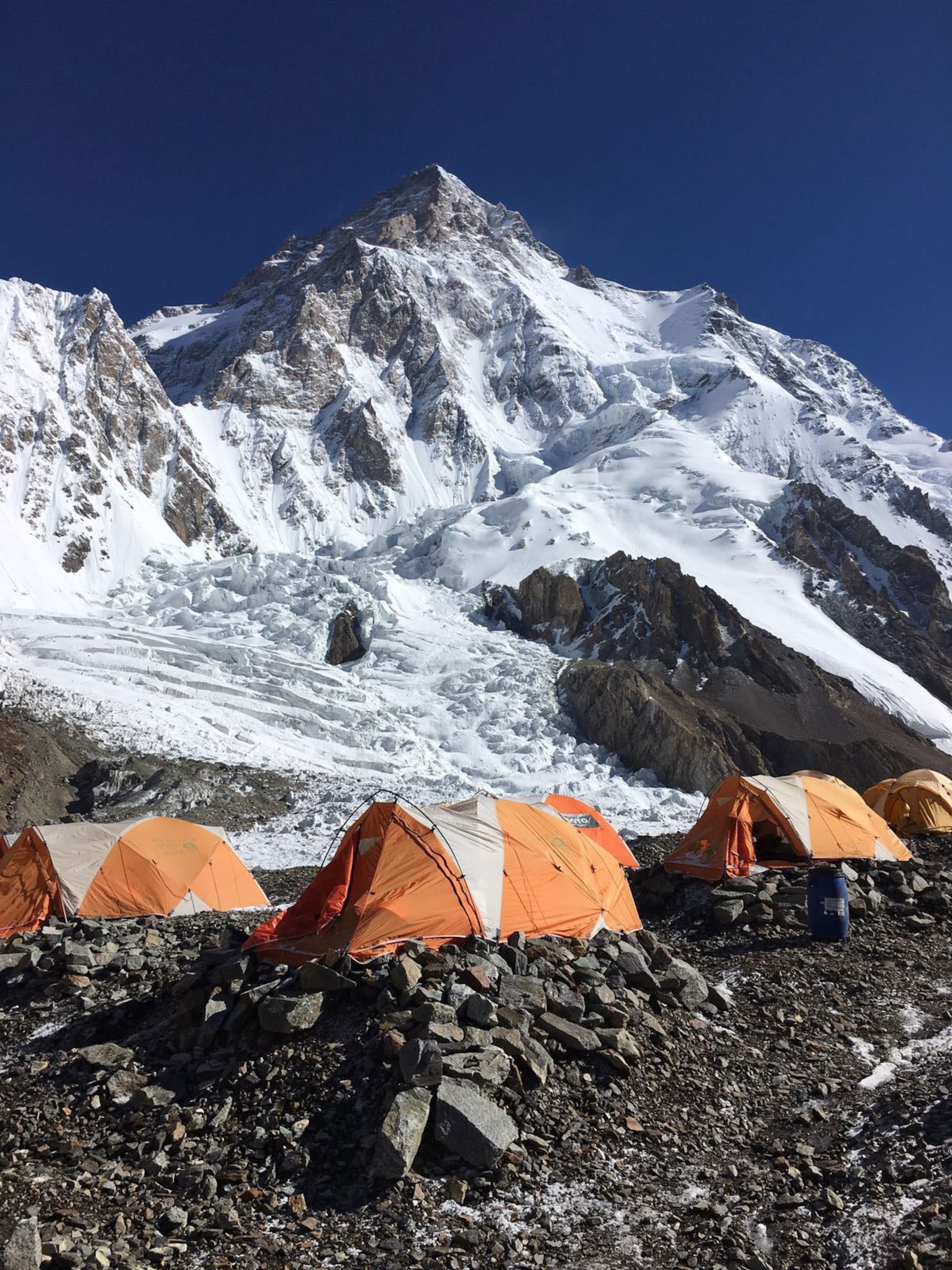
How does it feel to be walking away from K2?
We were honesty really lucky that nobody was up there in Camp 3 or Camp 4 when the avalanche came down. If we had been just a day ahead on our schedule, there could have been 50, 60 climbers up there, maybe more, and we all would have been killed.
In 2013, there was a father and son team [New Zealand mountaineers Marty and Denali Schmidt] up at Camp 3 who were the only ones up there and the same thing happened to them. Their camp was swept away during the night and they were never seen or heard from again.
What events led up to the avalanche?
The expedition went really well, in terms of our logistics and progress. Our team did a lot of work early on, fixing ropes to Camps 2 and 3. On our original summit attempt in mid-July, we got up to Camp 3 and the weather turned bad, so our Sherpas dropped all our climbing hardware, ropes, food, and oxygen at Camp 4 and we all came back down, optimistic there would be another good window ahead. But I think what happened is that there was a fair bit of precipitation in the form of snow between our mid and late July summit attempts, along with a lot of wind. So there were probably a couple of meters of snow accumulation around Camps 3 and 4.
Camp 3 doesn't feel like a dangerous slope when you're on it, but it's deceiving. I think when the weather cleared up, the first sunny morning, the sun hit that slope and caused ice from a cornice above to come down and trigger this massive crown that gained so much momentum that it washed over the entire slope, pushed everything over an ice cliff and then a thousand feet down the mountain, all the way here to Advanced Base Camp. It’s the kind of situation where you think you're in a safe zone but there are hazards far above that have such incredible force.
The next day we came down and our Sherpas went through some of the debris, but it was a half-mile-long field of debris and we only found a few pieces of gear out of all the tents that were up there, hundreds of oxygen cylinders, and all the other gear.

How does this kind of event compare with the Everest avalanches over the past few years?
Most of the teams on K2 are on a similar schedule because the weather windows are so narrow—the weather is a lot worse than it is on Everest—so everyone often goes at the same time. The camps are so small that we're all right there together at Camps 1, 2, 3, and 4. So the risk is different, but the reality is, these two mountains are very big and very steep, so there's always the potential for avalanches on both. Obviously, they're different types of avalanches—the 2014 Everest avalanche was triggered by a chunk of ice coming down, whereas this was largely a snow avalanche on K2. But it’s just part of the game when climbing these mountains.
How was the weather throughout the expedition?
It hasn't been great. Conditions were a lot better in 2014, and it was even better last year in 2015. We've just had more cloudy days, snowfall, and wind up high, so it’s been challenging as there haven’t been a lot of opportunities to move up the mountain.
- National Geographic Expeditions
How is everyone feeling at Base Camp as you prepare to return home?
People are disappointed, especially people who were here last year and didn't summit then either. But they understand that what happened was a big event and we were lucky no one was up there. It really could have been awful. So we feel fortunate, despite all our hard work, time invested, and equipment lost. But that's climbing and this is K2—it's a lot tougher than Everest, a lot harder to climb. We're lucky to be walking next to the mountain and going home without any fatalities.
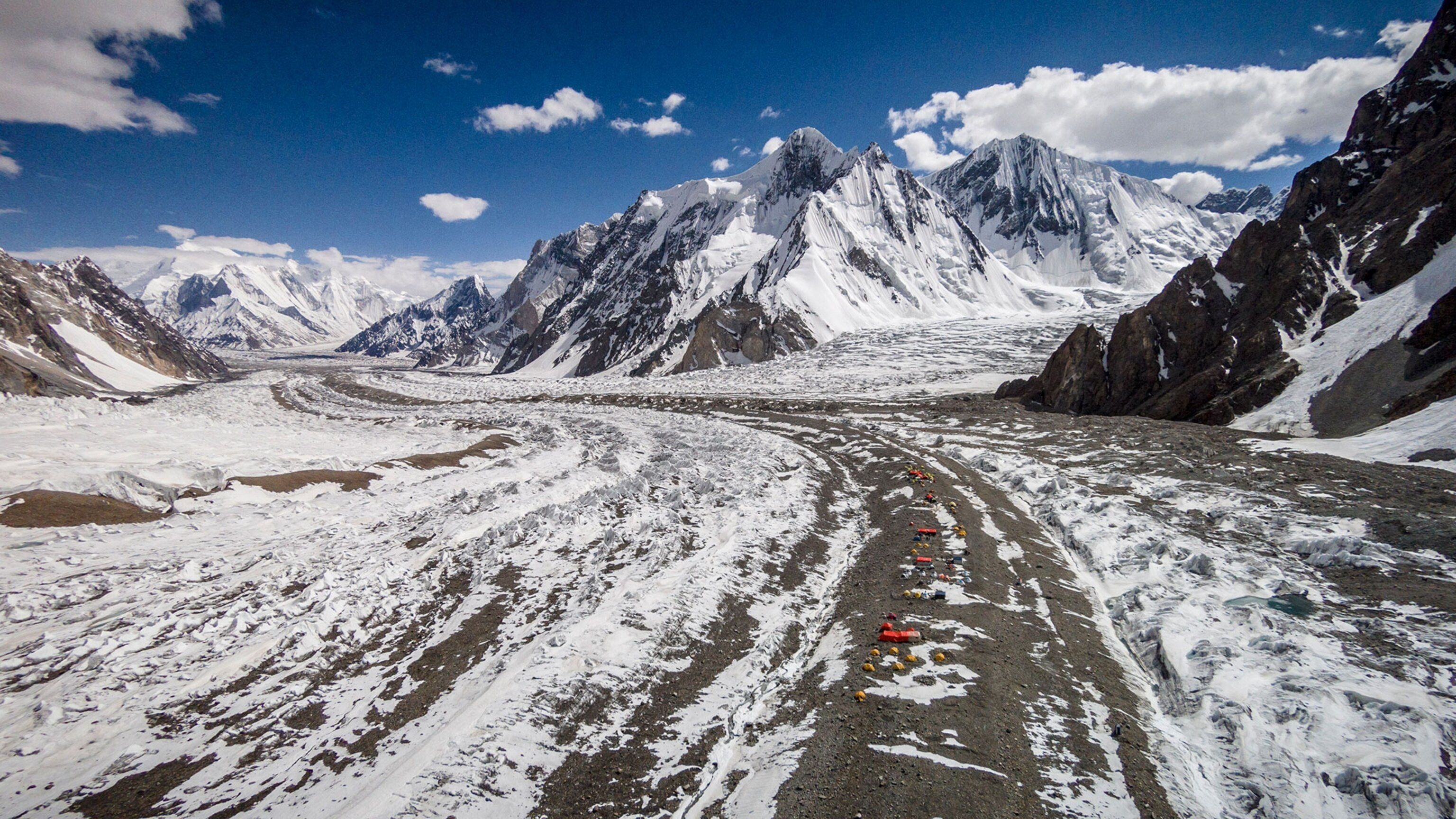
Following up on our last conversation as you were commencing the expedition in June, were your concerns regarding the number of climbers on the mountain this year realized?
Yes and no. The season was relatively smooth, but in the end there were only three teams that contributed to putting in the fixed ropes and establishing the route, while the other teams took advantage of that without contributing manpower or equipment resources. So that's a shame, but that's just the way things are on these mountains, and in the end no one got caught out in a bad situation, so that was really fortunate.
So ... K2 next year?
We'll see! I'm looking forward to a summer in the northwest of the U.S., especially after a [long and demanding] Everest season. It can be discouraging for clients who put time and training in for two years running with no summit. So we all need some time away from the mountain to decompress before we decide whether we're coming back. But right now, I'm not going to dwell on the past, and instead I’m going to look forward to the future. I'm really excited to be getting out of here tomorrow.
